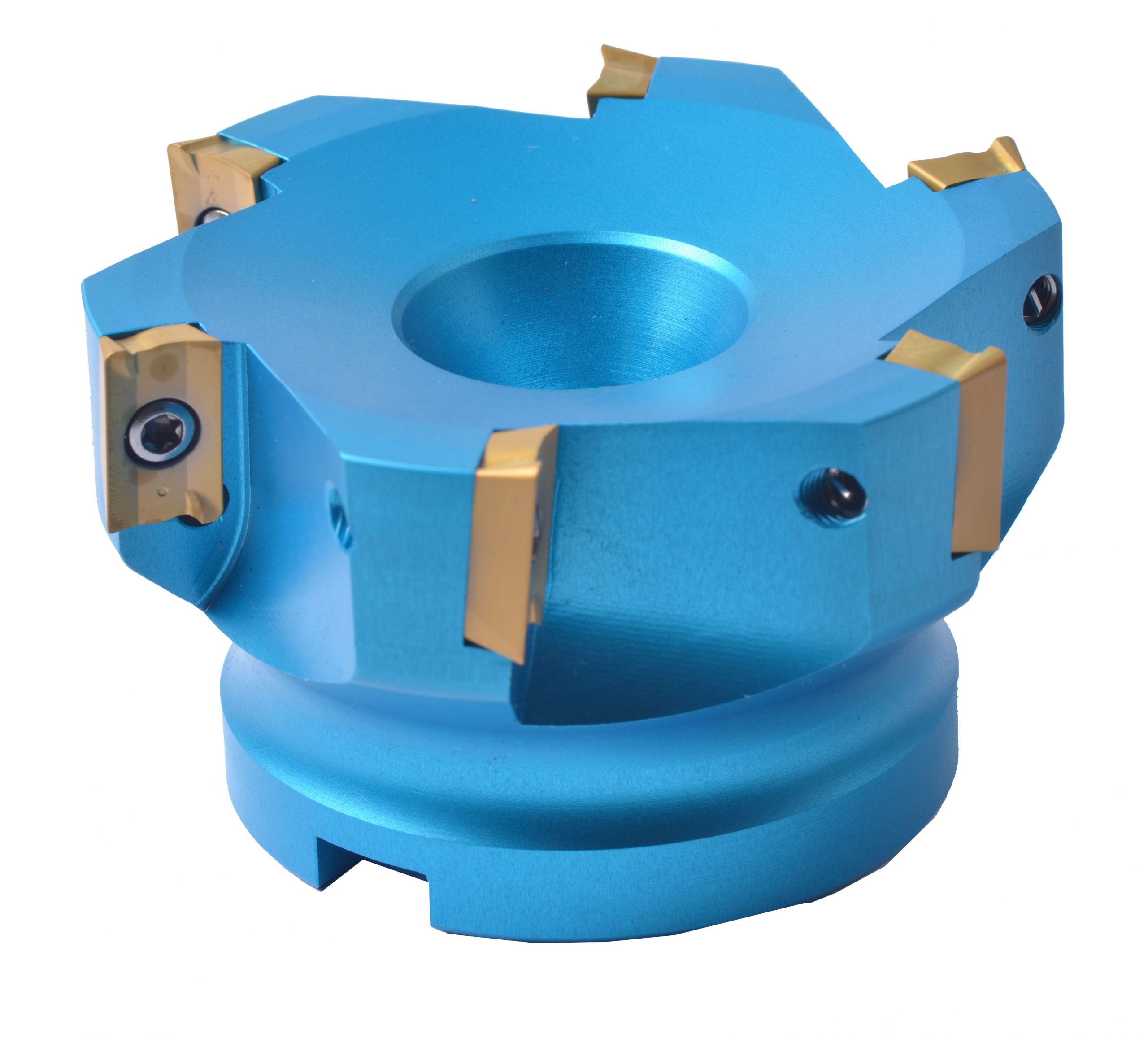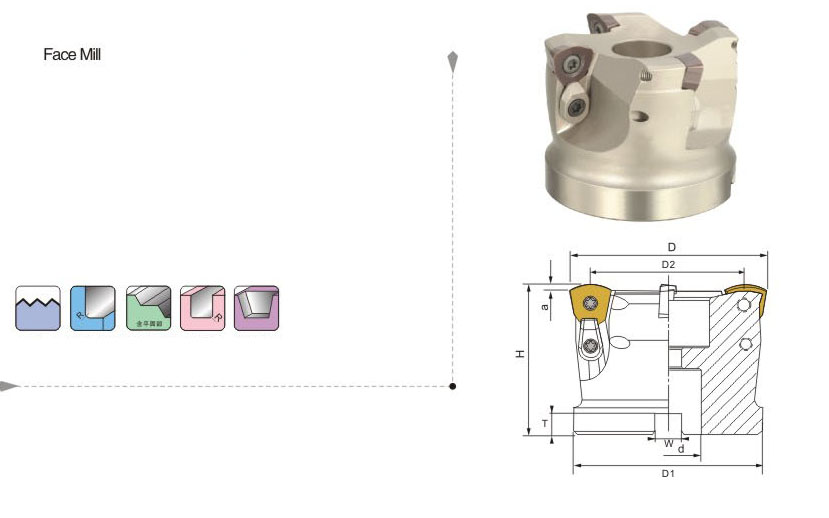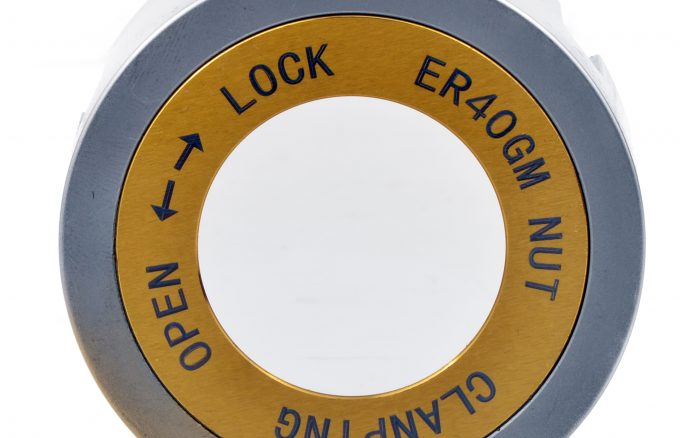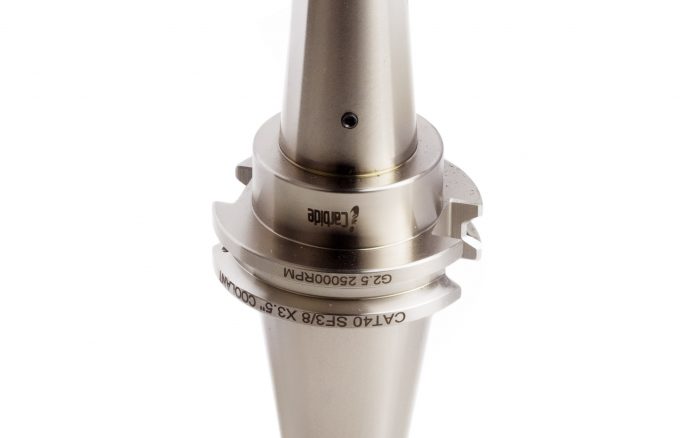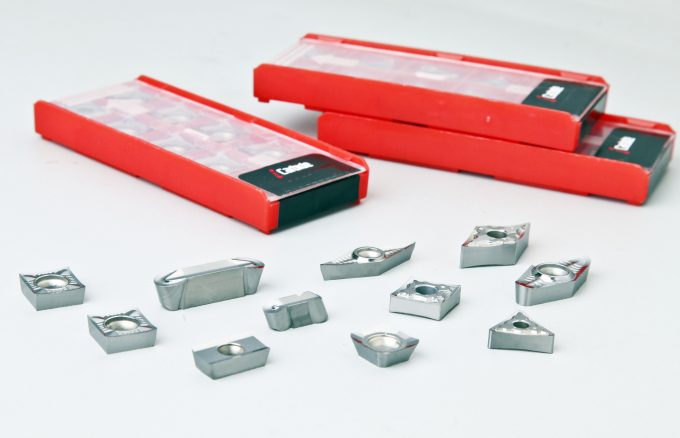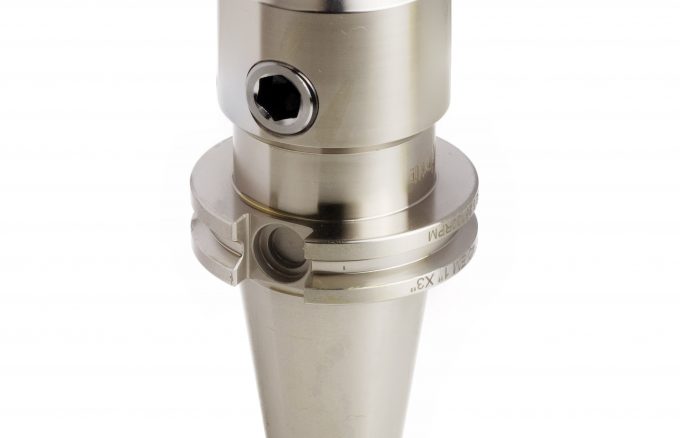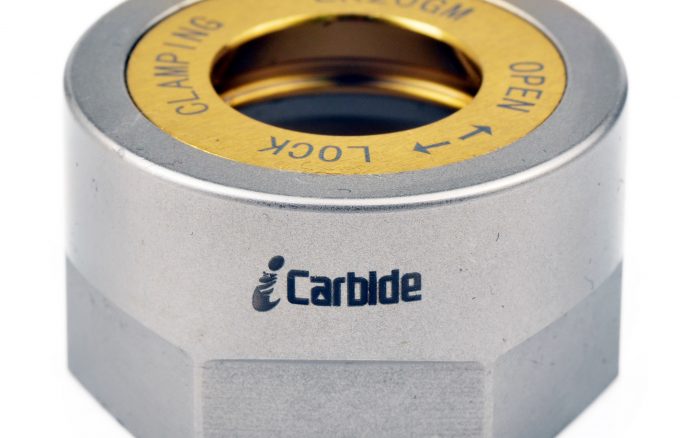how to understand milling carbide inserts
Milling carbide inserts is a rotary tool with one or more teeth used for milling. When working, each cutter tooth intermittently cuts the margin of the workpiece in turn. Milling cutters are mainly used for machining planes, steps, grooves, forming surfaces, and cutting off workpieces on milling machines.
Face milling cutter
The face milling cutter is used to process planes on a vertical milling machine, face milling machine, or gantry milling machine. There are cutter teeth on the end face and circumference, and there are also coarse and fine teeth. Its structure has three types: integral type, insert type, and indexable type.
Vertical mill
Used for processing grooves and step surfaces, etc. The cutter teeth are on the circumference and end surface, and cannot be fed along the axial direction when working. When the end mill has end teeth passing through the center, it can feed axially.
Face milling cutter
It is used for processing various grooves and stepped surfaces, and there are cutter teeth on both sides and circumference.
Angle milling cutter
It is used for milling grooves at a certain angle, and there are two kinds of single-angle and double-angle milling cutters.
Saw blade cutter
It is used to process deep grooves and cut off workpieces, with more teeth on the circumference. To reduce the friction during milling, there are 15’~1° secondary deflection angles on both sides of the cutter teeth. Also, there are keyway milling cutters, dovetail milling cutters, T-slot milling cutters, and various forming milling cutters.

